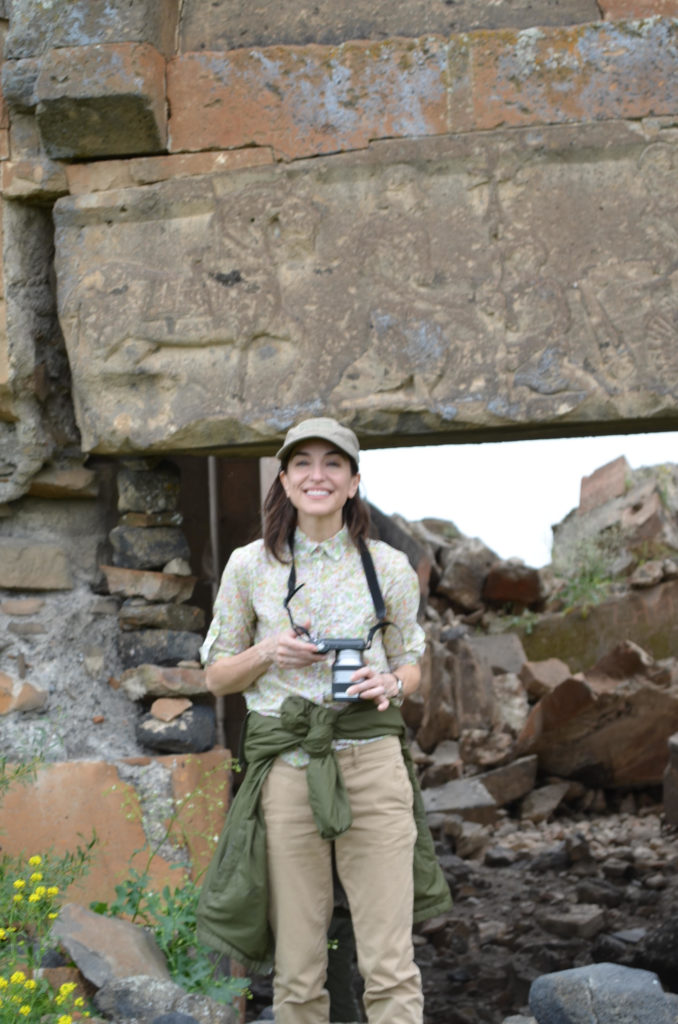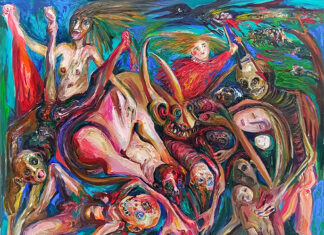MEDFORD, Mass. — Enrollment has been increasing annually in the introductory course on Armenian art taught by Dr. Christina Maranci, holder of the Arthur H. Dadian and Ara T. Oztemel chair of Armenian Art in the Department of Art History at Tufts University. Maranci said, “I had 17 students my first year teaching Armenian art, and the numbers have been going up. Usually in the interim years, before now, I would get between 20 and 30. The last year or so, the number has really risen. And now I have 50 and ten more on the waiting list, so it is 60 plus.”
Maranci speculated as to the reasons why, stating, “I think students are getting more interested in cultures outside of the usual art historically important ones that we all know, like Medieval Europe or Impressionism, or contemporary art. I think they are getting curious about other cultures and I try to talk about Armenia as a tradition that can connect to so many different cultures. And it is a way to think about what is important in our history.”
Looking at art through the Armenian lens, so to speak, leads to questions such as why do we privilege Greek temples and not talk about Garni. How do you write a history of art and why do you choose the cultures that you do? Maranci pointed out that there is nothing absolute about this. For example, she said, there is nothing inherently more valuable about the ancient Mediterranean region than Armenia. Armenia is a great example about how it has really not been served, and there are reasons for that too.
She said that many of her students are interested in political science and international relations, so they are interested in the perspective of cultural heritage, which makes the Armenian monuments living problems.
The recent show at the Metropolitan Museum of Art, Armenia!, has attracted more attention to Armenian art, but, Maranci thought perhaps the zeitgeist has changed for Armenia in general. She said that “there is a general curiosity, interest and excitement around Armenian culture. These things go through fashions. You have to capitalize on it when things happen…You can leverage this whole global turn in the humanities and say, you want to be global, then you have to look at this culture, connected to so many other cultures, so mobile, interesting and vibrant.” Armenian culture is studied from so many different points of view that, she said, it is a way to learn about much of the world and many disciplines while studying a specific subject very closely.
Finally, though she is too modest to say so, no doubt her teaching style is an important factor for students. Her course may not only be the only Armenian course that these students take but also the only art course, so they will remember it, she said, and some even will want to go visit Armenia afterwards.









